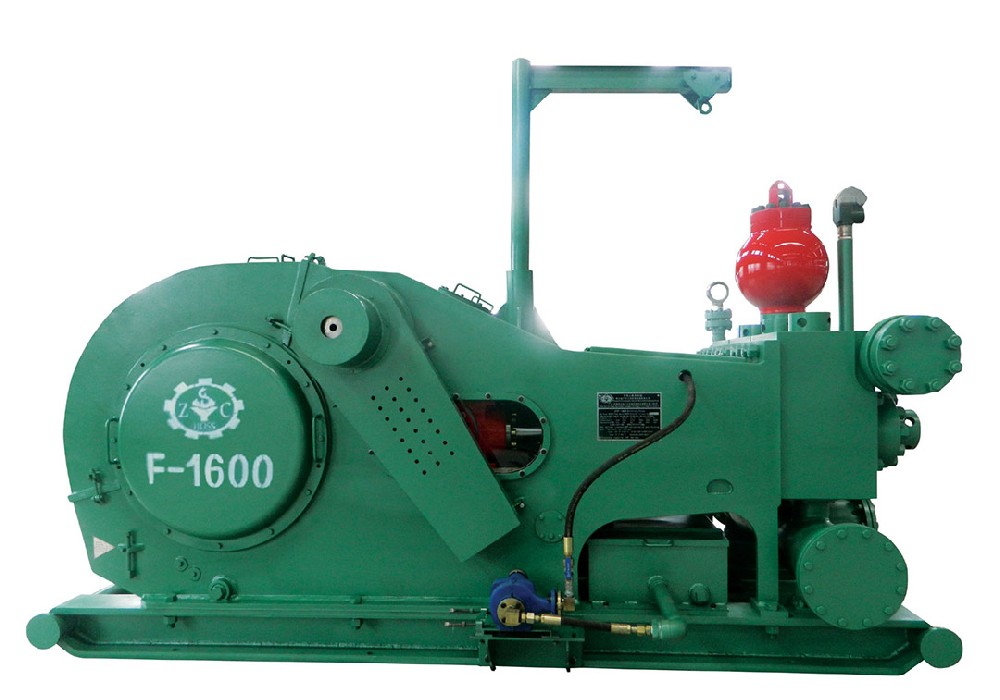Oil and gas drilling involve several stages, each demanding the use of various specialized equipment. One of the most important components of the drilling rig is the fluid end assembly, responsible for pumping drilling fluids into the wellbore. The fluids play a crucial role in removing cuttings and debris, stabilizing formations, and preventing blowouts.

The fluid end assembly is made up of several components, including valves, liners, pistons, modules, and fluid end frames. Each of these components plays a critical role in ensuring that the drilling process is efficient and successful.
Valves
The valves are responsible for controlling the flow of fluids in and out of the drilling hole. They ensure the smooth flow of fluids without any interruptions or complications.
Liners
Liners are the protective coating inside the pump that separates the pistons from the fluids being pumped. The liners protect the metallic pump parts from the abrasive drilling fluids, preventing wear and tear and prolonging the life of the pump.
Pistons
Pistons are an essential component of the fluid end assembly. They work alongside the liners to create a force that pushes the drilling fluids into the wellbore. Piston design has evolved significantly over the years, with modern pistons designed to improve efficiency and durability.
Modules
Fluid modules serve as the connecting parts between the pump and the rest of the fluid end assembly. They usually include components such as stainless steel fasteners and nuts, which ensure a secure and safe connection.
Fluid End Frames
The fluid end frame is the outer casing that covers the fluid end assembly. It protects the components from environmental and mechanical damage, ensuring the longevity of the fluid end assembly.
Efficient drilling operations depend on the robustness of the fluid end assembly components. Here are some critical reasons why a reliable fluid end assembly is essential:
Prevents Blowouts
The fluids pumped into the wellbore through the fluid end assembly prevent blowouts by stabilizing formations and regulating formation pressure. As such, a poorly constructed fluid end assembly can compromise the safety of drilling operations.
Increases Efficiency and Reduced Downtime
Efficient pumping systems reduce downtime by cutting the time necessary to perform critical operations. The fluid end assembly serves as a significant determinant of the efficiency of the pumping system, with a reliable fluid end assembly ensuring minimal downtime, thus optimizing drilling time.
Prevents Environmental Disasters
A poorly designed or underperforming fluid end assembly can lead to environmental disasters such as spills, contamination, and pollution. Avoiding environmental damage is necessary and can be achieved through the use of a robust and reliable fluid end assembly.
In conclusion, with the key role the fluid end assembly plays in oil and gas drilling, it is crucial to ensure that all components are high quality, and the fluid end assembly is reliable under all operating conditions. Remote drilling and fracking require high-quality fluid end assemblies that are durable and can handle high-pressure applications. Understandably, a fluid end assembly made up of inferior components will compromise the entire drilling operation, resulting in lost productivity, higher costs, and potential accidents. Therefore, it is necessary to invest in a quality, reliable fluid end assembly to increase drilling efficiency and optimize the whole operation.